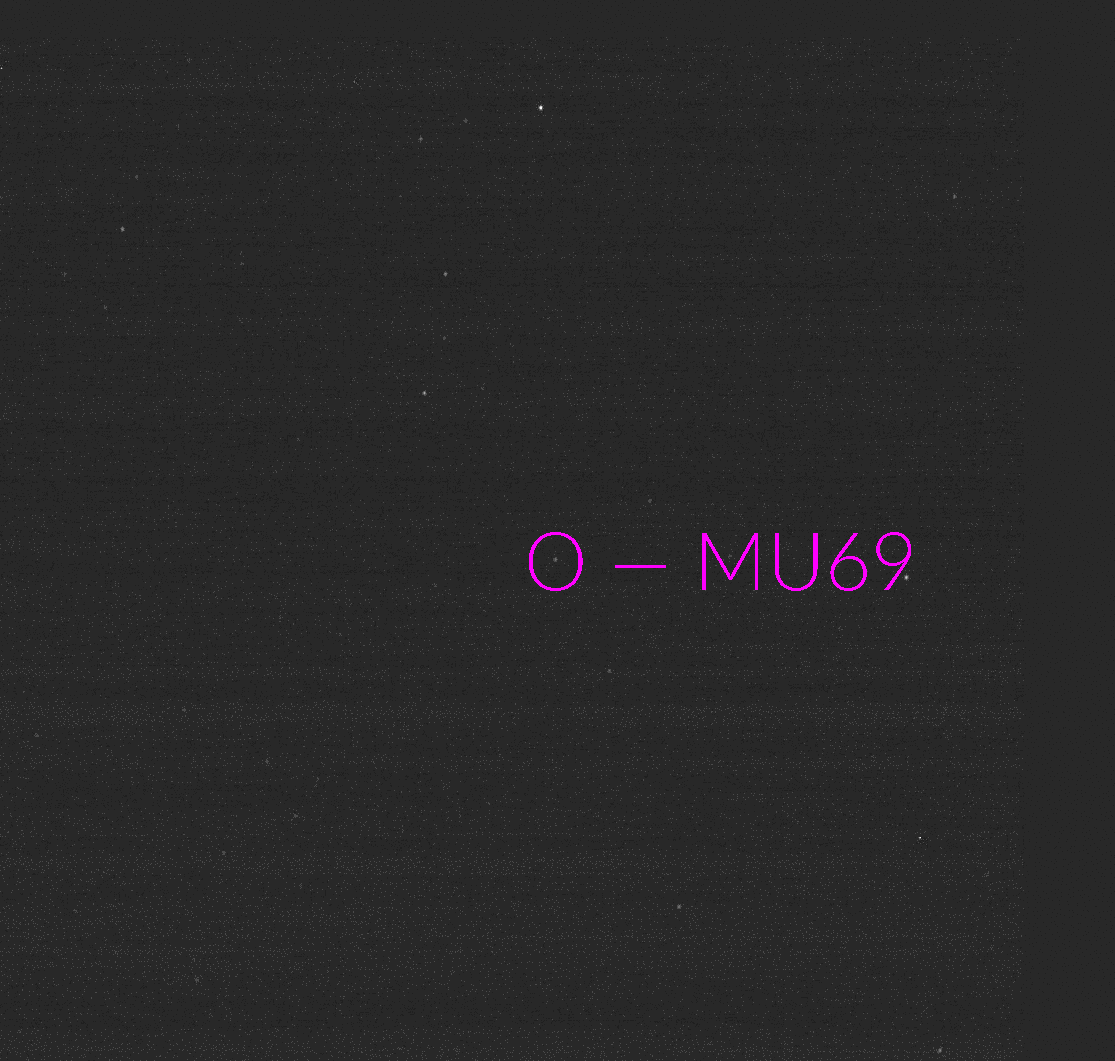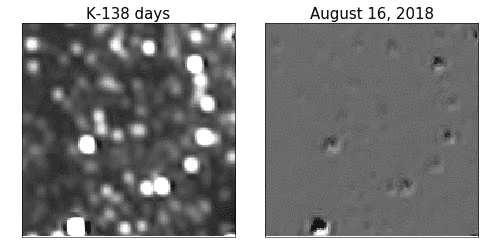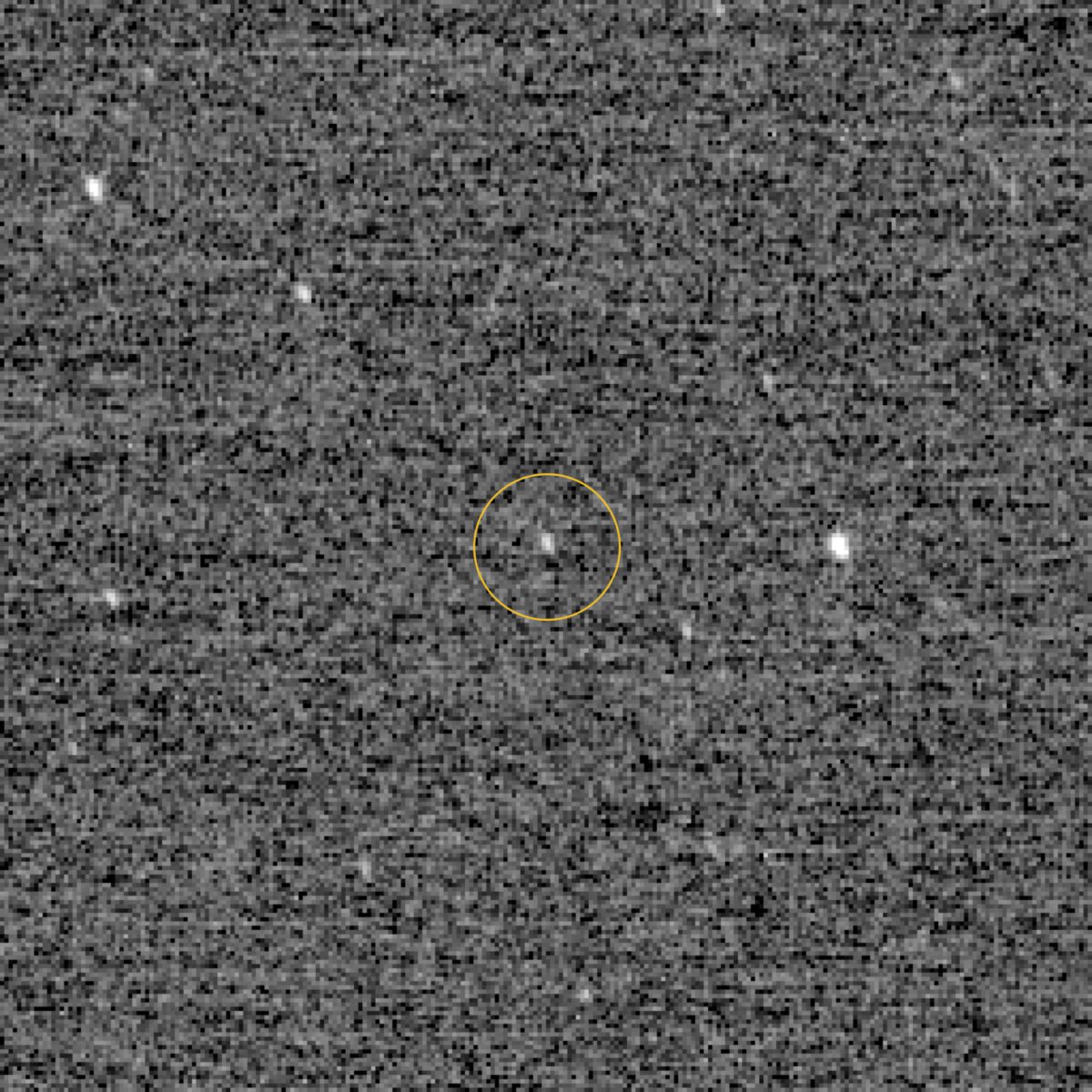Emily Lakdawalla • Dec 27, 2018
New Horizons fast approaching 2014 MU69
New Pictures of a Rapidly Enlarging, But Strangely Still, Dot
Gravity waits for no one, least of all politics, and I, for one, think that’s refreshing. Unaffected by the shutdown of the U.S. government, New Horizons is still on course for its New Year’s encounter with 2014 MU69 (nicknamed “Ultima Thule”). The show will go on! The spacecraft will be fine, its operators at APL will be at their consoles, and the Deep Space Network is ready to receive the data. All the facts in my What to Expect post remain true. Here’s how to keep up with the mission:
When does New Horizons fly by 2014 MU69/Ultima Thule? When will we get pictures? Read my article.
Where can I watch New Horizons flyby live events? On NASA TV.
Whom do I follow on Twitter for news? Check my list of people in the know about the MU69 flyby.
Where can we see the latest imaes from LORRI? At the New Horizons website.
And now, what you’re all here for -- the pictures. I will regularly update this post with the latest photos and key tweets, placing the most recent ones at the top.
Update 31 December 2018 19:52 UT
At a press briefing today, the team shared the Failsafe A photo, which shows about 4 or 5 pixels across 2014 MU69. It's not enough for detail, but enough to know it's not round. We still don't know its not-round shape: More like Itokawa or Eros or Churyumov-Gerasimenko? We'll find out a bit more with the Failsafe B downlink tomorrow. (For an explanation on what the Failsafe downlinks are, read this blog post.)
It's just a fuzzy blob but I couldn't resist throwing it into my montage of asteroids and comets visited by spacecraft. I'll update this with better quality pictures as they arrive on Earth!
Here is my first attempt at a montage of 2014 MU69 with the other small isolated worlds we've visited. We'll need just a few more pixels to really know what we're looking at :) pic.twitter.com/x67NaLG9BC
— Emily Lakdawalla (@elakdawalla) December 31, 2018
Update 30 December 2018 18:14 UT
The New Horizons team has launched the raw images website for the MU69 encounter! The images are not much to look at just yet, but will get exciting as time goes on. I wrote a Twitter thread about downloading and interpreting the raw LORRI MU69 approach images. Here's the final image from that thread:

Update 27 December 2018 16:34 UT
This is an excellent (and long) Twitter thread from New Horizons team member Alex Parker reflecting on the discovery of MU69:
In just a few hours I will depart for Maryland for New Horizons' New Years flyby of the Kuiper Belt Object (486958) 2014 MU69. Before I go, I thought I would re-tell some of the stories about how we came to know about this little world. pic.twitter.com/iE7f0KeFVK
— Alex Parker (@Alex_Parker) December 26, 2018


The early-approach pictures are not the prettiest -- the tiny, faint world is hard to detect. But scientists have already discovered a major mystery: they can’t see a light curve. Everything in the solar system rotates, and usually that means there’s a subtle (or not-so-subtle) dimming and brightening of the object’s light because of surface features or non-circular shape. But New Horizons’ observations of MU69 have detected no light curve at all. Read more about the mystery here.
Let’s Go Beyond The Horizon
Every success in space exploration is the result of the community of space enthusiasts, like you, who believe it is important. You can help usher in the next great era of space exploration with your gift today.
Donate Today

 Explore Worlds
Explore Worlds Find Life
Find Life Defend Earth
Defend Earth


